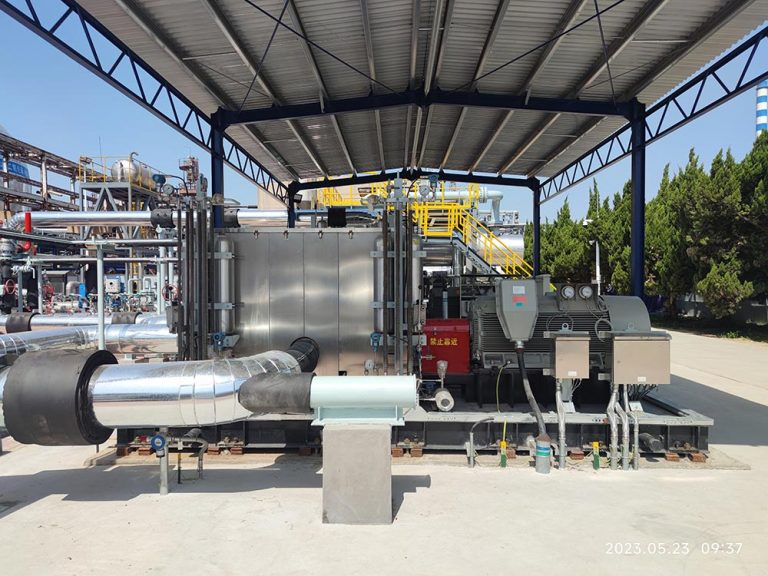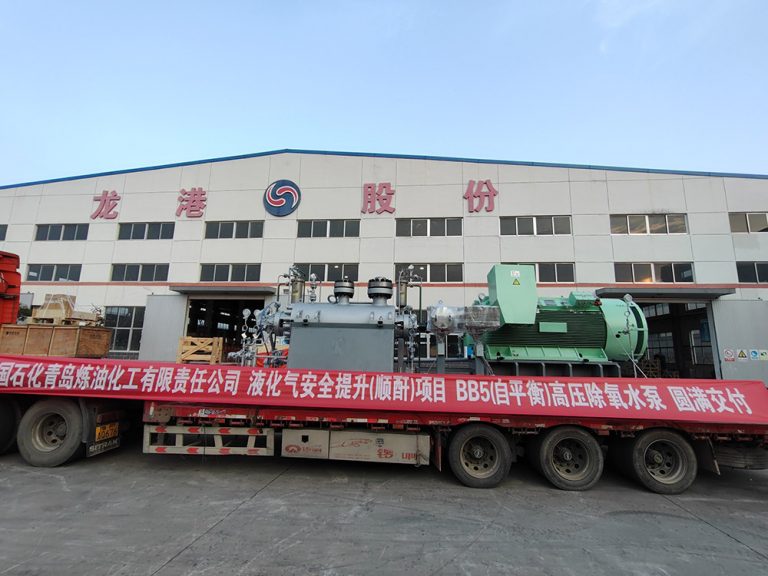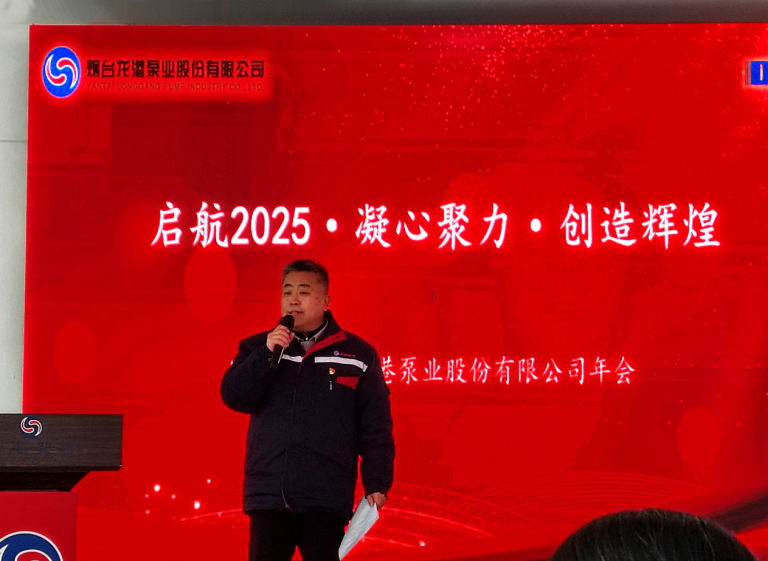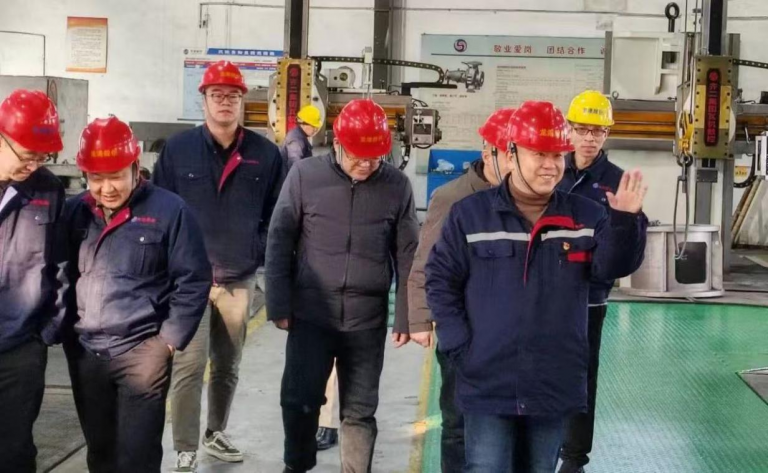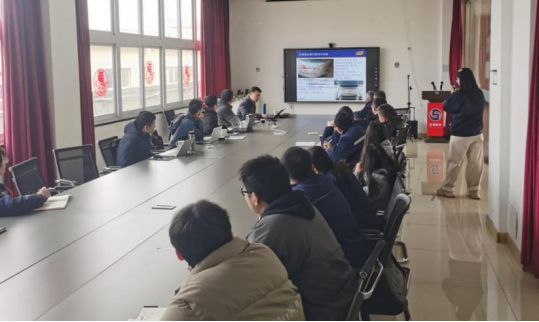
Picking the perfect pump for your industrial setup is an essential choice. It impacts efficiency, protection, and financial savings. Two standards often arise: API 610 and ANSI. These pump varieties have different roles. Knowing their distinctions can lead you to the ideal option for your situation. In this article, we’ll examine API 610 vs. ANSI pumps. We’ll break down their builds, purposes, and perks. This will help you improve your activities in fields like oil and gas, chemical handling, or energy creation.
What Are API 610 and ANSI Pumps?
Before we jump into the details, let’s outline these standards. We’ll also clarify their planned uses.
Overview of API 610 Pumps
API 610 pumps are overseen by the American Petroleum Institute. They are designed for tough tasks in the petroleum, petrochemical, and natural gas areas. These pumps meet strict rules for trustworthiness and security. They shine in severe settings with strong pressures, intense heat, and risky liquids. Items like the LDD BB4 High-Pressure Segmented Multistage Centrifugal Pump showcase API 610’s focus on solid results.
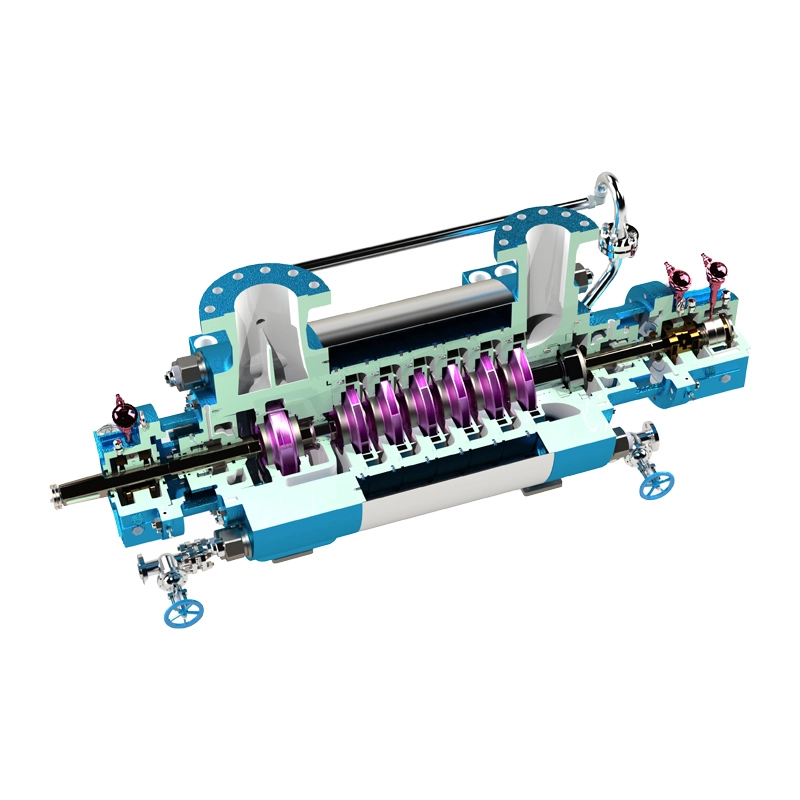
Overview of ANSI Pumps
ANSI pumps follow the ASME B73.1 guideline. They are made for flexibility and affordability. They suit common tasks across sectors like chemical management, water cleansing, and production. ANSI pumps stress compatibility and simple care. This makes them a wise pick for gentler conditions.
API 610 vs. ANSI Pumps: Key Technical Differences
To pick between API 610 vs. ANSI pumps, you need to grasp their technical gaps. Here’s a clear summary:
| Aspect | API 610 Pumps | ANSI Pumps |
| Standard | API 610 (Petroleum Institute) | ASME B73.1 (ANSI) |
| Primary Use | Sturdy, vital tasks | Everyday, basic jobs |
| Pressure/Temperature | Strong (up to 30 MPa, 450°C) | Gentle (up to 120°C, lower pressures) |
| Construction | Tough, thick shells, advanced seals | Uniform, flexible layout |
| Cost | Larger starting expense | Wallet-friendly |
| Maintenance | Detailed, tricky | Easy, swappable pieces |
Design and Build Quality
API 610 pumps have a rugged build. They feature thicker shells and reinforced parts. These help them survive harsh situations. For example, their balancing systems for forces, like those in the LCD BB3 Horizontal Split Multistage Pump, ensure lasting strength under heavy loads. On the other hand, ANSI pumps focus on a uniform, adaptable layout. This allows quick part swaps and cuts production costs.

Operating Conditions
API 610 pumps manage heat from -80°C to 450°C. They also handle pressures up to 30 MPa. This makes them great for moving unstable or harsh liquids. Meanwhile, ANSI pumps work in softer settings, usually below 120°C. They are less fit for strong pressure jobs.
Cost and Maintenance Implications
API 610 pumps need a bigger upfront payment. However, their toughness lowers long-term expenses in key systems. ANSI pumps offer a smaller price tag. Their swappable pieces suit setups where easy care matters most.
Applications: Where Each Pump Excels
Your field and work needs heavily shape your choice between API 610 vs. ANSI pumps.
When to Choose API 610 Pumps
- Oil and Gas: Refineries and offshore sites count on API 610 pumps for forceful jobs. These include moving boiler feed water.
- Petrochemical Facilities: They deal with dangerous liquids in ethylene making or splitting processes.
- Energy Creation: They manage hot condensate in combined-cycle setups.
When to Choose ANSI Pumps
- Chemical Handling: They process neutral or slightly harsh fluids.
- Water Cleansing: They pump in city or industrial networks.
- General Production: They provide affordable fixes for less vital tasks.
Pros and Cons of API 610 vs. ANSI Pumps
Both pump kinds bring special strengths and limits. Here’s a quick look:
Benefits of API 610 Pumps
- Top-notch trustworthiness in tough surroundings
- Better safety for risky jobs
- Longer life during steady use
Drawbacks of API 610 Pumps
- Bigger starting and care costs
- Needs skilled workers for fixes
Benefits of ANSI Pumps
- Cheap and widely accessible
- Simple care with replaceable parts
- Fit for many uses
Drawbacks of ANSI Pumps
- Weak results in strong or hot settings
- Less tough in severe conditions
Yantai Longgang Pump Industry: A Leader in API 610 Solutions
When thinking about API 610 vs. ANSI pumps, teaming up with a reliable provider can change everything. Yantai Longgang Pump Industry Co., Ltd. began in 2001 in Yantai, Shandong, China. It excels as a leading seller of API 610-compliant pumps. The company serves big names like CNPC, Sinopec, and CNOOC. Longgang provides proven pump answers for large petrochemical and coal chemical efforts. It has over 700 workers and a nearly 70-person R&D group. Check out more at their homepage.

FAQs: API 610 vs. ANSI Pumps
Here are replies to frequent queries to guide your choice:
Q1. What’s the primary difference between API 610 and ANSI pumps?
A1. API 610 pumps are made for tough, high-stake jobs in extreme settings. In contrast, ANSI pumps aim for everyday use with a simpler, budget-friendly build.
Q2. Are API 610 pumps overkill for small-scale operations?
A2. Yes, they might be too much. If your setup skips strong pressures, heat, or risky fluids, ANSI pumps can work well. They save money without hurting efficiency.
Q3. Can ANSI pumps handle corrosive fluids like API 610 pumps?
A3. NSI pumps can deal with slightly harsh fluids. However, API 610 pumps are better for very corrosive or unstable stuff. Their strong materials and seals make the difference.
Q4. How do maintenance needs differ between API 610 vs. ANSI pumps?
A4. API 610 pumps demand detailed care due to their complexity. Meanwhile, ANSI pumps are easier to fix. Their uniform, swappable parts simplify the process.
Ready to Optimize Your Pump Selection?
Picking between API 610 vs. ANSI pumps rests on your work goals. Do you need toughness for vital tasks? Or do you prefer affordability for regular jobs? Check the full product range to find custom solutions. Options range from forceful multistage pumps to flexible cantilever styles. Want expert help? Reach a dependable provider today. This ensures your industrial setup runs smoothly and safely. It will meet your exact needs directly.

